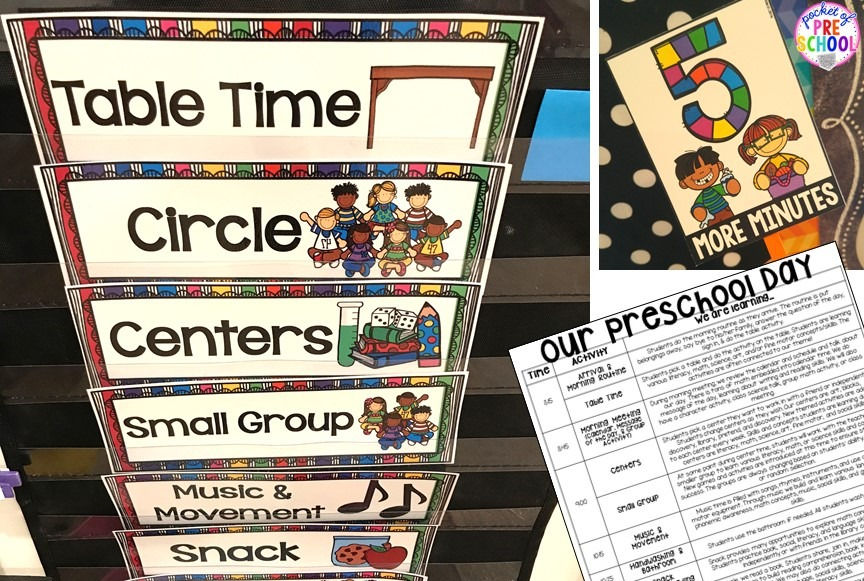The Elements of a Positive Classroom Environment
- Alexander Morton-Wright
- Jun 3, 2021
- 2 min read
Updated: Aug 22, 2021
When creating a positive classroom environment for children, our first focus should be on ourselves as teachers. Teachers who establish caring, supportive, safe, challenging, and academically robust classrooms can help to define a positive learning environment. A positive learning environment depends on classroom management/structure and a climate for student success.

Classroom Management/Structure can be described as:

●Identifying and communicating desirable behavior
●Consistently applying rules and procedures
●Monitoring student behavior
●Taking preventive rather than reactive management actions
●Pacing class activities and transitioning between tasks smoothly
●Maximizing instructional time
●Keeping students on task
Making learning meaningful
Classroom Climate for Student Success includes:

●Cooperation among teachers and students
●Common interests and values
●Pursuit of common goals
●A clear academic focus
●Well-organized and well-planned lessons
●Explicit learning objectives
●Appropriate instructional pace
●Being respectful, supportive, and productive
●Modeling by teachers
●Classroom talk practiced by students

Physical Arrangement of the Classroom
Functional floor plans with clear teacher and student work areas arranged for optimal use of furniture and materials. The importance of having clearly defined work areas for different activities provides children all they need at arms length.

Discipline
Classroom rules and procedures should be established early in the school year. Children should also be involved in the making of rules and the consequences that follow if they break the rules they all agreed upon. The more children participate in the process, the better they understand and follow the rules. This sense of ownership in the process is important for children who are transitioning from accepting outside authority to challenging it.

Routines
Kindergarteners need structure and a consistent schedule. The first step is to create a daily schedule and stick to it. Children will come to expect what's next in the schedule and will know if it's different or off. Children will understand what is next, the expectations of the teacher and the timeframe within which to complete the task.

Organization of Learning Activities
Classroom activities are academically appropriate for the level at which the children are at. Transitions are smoothly used to minimize time waste and maximize the time for learning.

Engagement of Students
Effective questioning that challenges students and stimulates their desire to learn help engage students. Playing on children's interests with engaging activities keep students focused for longer.

Maximizing Instructional Time
There is only a limited amount of time in a day for learning and an even smaller amount of this time where children actively engage in the learning process. Disruptions to instructional time should be minimized as much as possible to make use of every instructional minute.

Communication of High Expectations
High expectations are set for all students and support is provided to achieve the expectations. Children should be encouraged to achieve these targets and rewarded for making effort towards these expectations. It is important children develop a growth mindset that gives them the sense with effort they can achieve all they put their mind to.

Care and Respect
Learning environment reflects a rapport based on trustworthiness, fairness, caring, respect, and enthusiasm. Respect should be modelled by the teacher and children should be taught how to be respectful and guided to be .. caring in their social interactions.

.png)



Comments